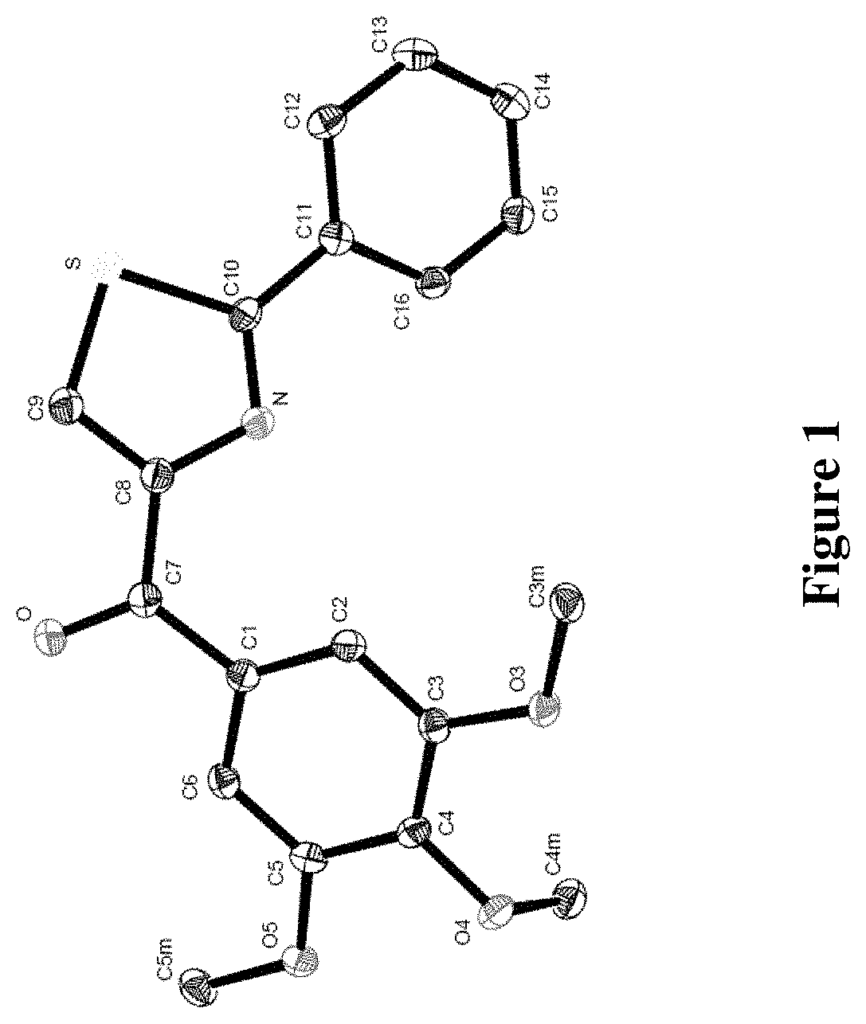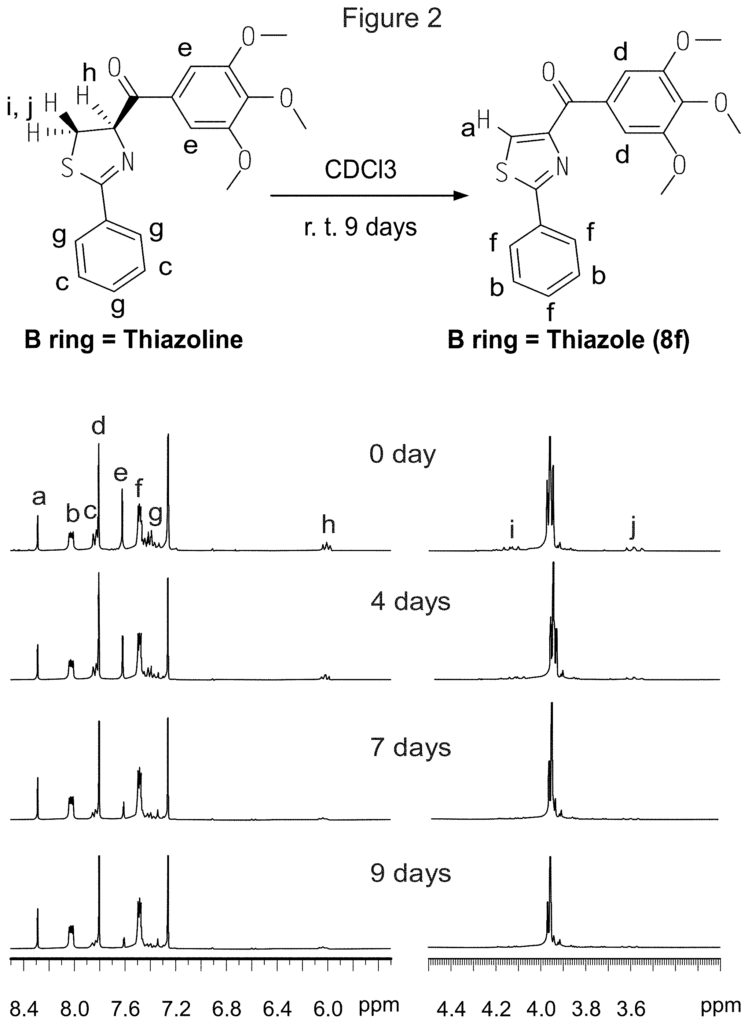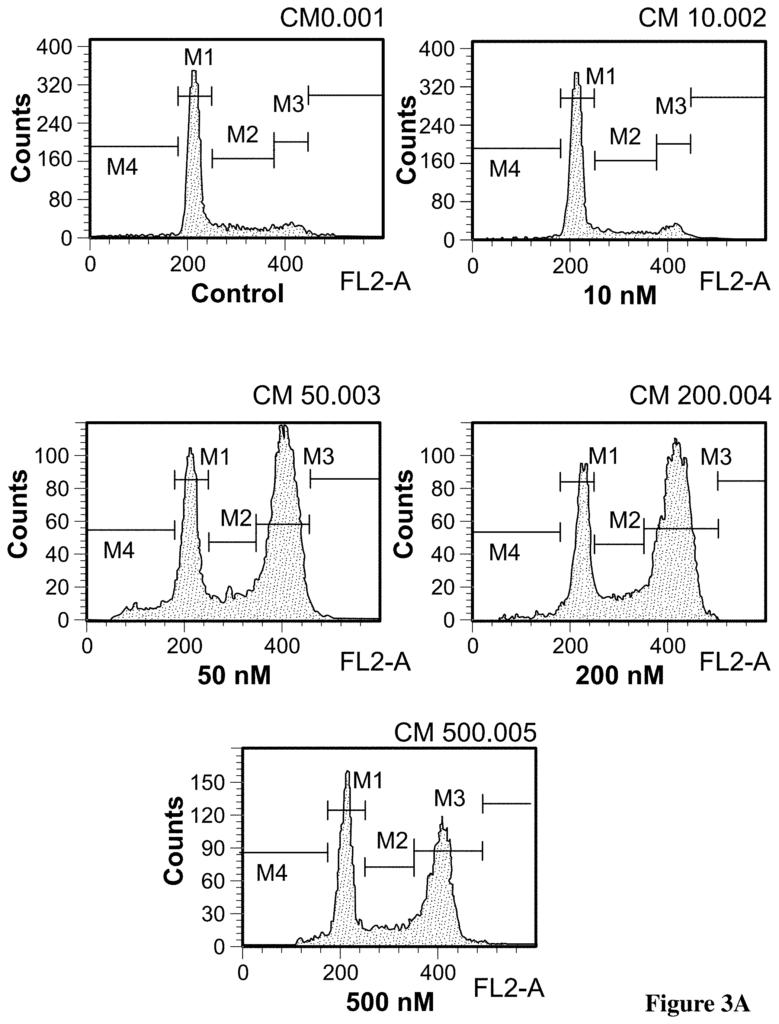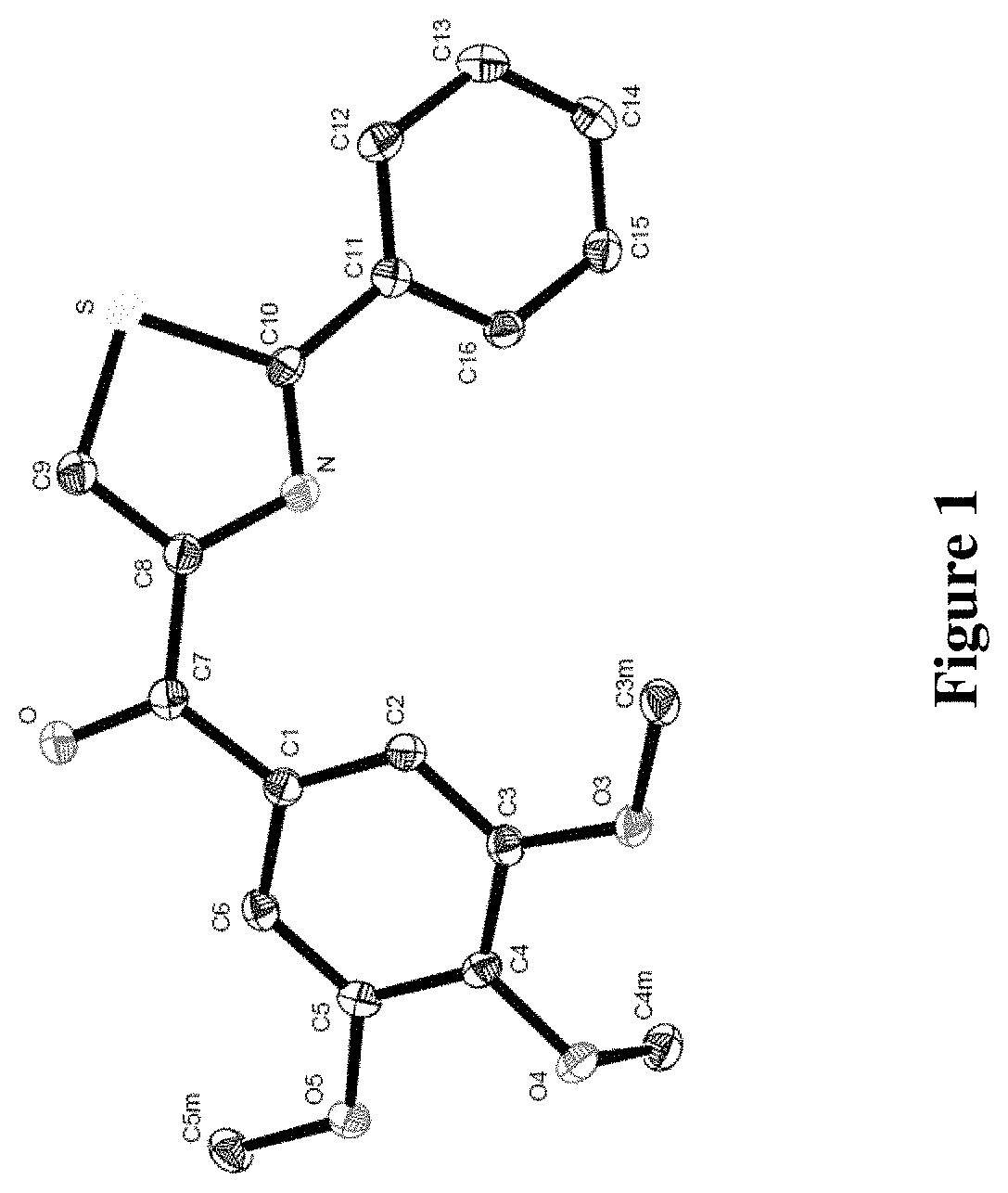Invented by Duane D. Miller, Jianjun Chen, James T. Dalton, Chien-Ming Li, Sunjoo Ahn, Wei Li, University of Tennessee Research Foundation, Oncternal Therapeutics Inc
One of the key factors driving the growth of the market for cancer treatment compounds is the rising incidence of cancer. According to the World Health Organization (WHO), cancer is the second leading cause of death globally, accounting for an estimated 9.6 million deaths in 2018 alone. Furthermore, the WHO predicts that the number of new cancer cases will rise by approximately 70% over the next two decades. This alarming trend has created a pressing need for effective therapies, spurring the demand for compounds that can target and eradicate cancer cells.
Advancements in scientific research and technology have also played a crucial role in the expansion of the market for cancer treatment compounds. Over the years, researchers have gained a deeper understanding of the molecular mechanisms underlying cancer development and progression. This knowledge has paved the way for the discovery and development of targeted therapies that specifically attack cancer cells while sparing healthy cells, leading to improved treatment outcomes and reduced side effects.
One notable class of compounds that has gained significant attention in the market for cancer treatment is immunotherapies. These compounds harness the body’s immune system to recognize and destroy cancer cells. Immunotherapies have shown remarkable success in treating various types of cancer, including melanoma, lung cancer, and certain types of leukemia. As a result, the demand for immunotherapeutic compounds has skyrocketed, with pharmaceutical companies investing heavily in research and development to bring new and more effective immunotherapies to market.
Another area of focus in the market for cancer treatment compounds is the development of targeted therapies. These compounds are designed to specifically inhibit the activity of molecules or pathways that are crucial for cancer cell survival and proliferation. By targeting these specific vulnerabilities, targeted therapies can effectively block the growth of cancer cells while minimizing damage to healthy tissues. The success of targeted therapies, such as tyrosine kinase inhibitors and hormone therapies, has fueled the demand for more compounds with similar mechanisms of action.
The market for compounds to treat cancer is highly competitive, with numerous pharmaceutical companies vying to develop the next breakthrough therapy. This competition has led to a surge in research and development activities, as well as strategic collaborations and partnerships between companies. Additionally, governments and regulatory agencies have been actively supporting the development of cancer treatment compounds by providing funding, fast-track approvals, and incentives for research and innovation.
However, despite the significant progress made in the field of cancer treatment, challenges remain. Developing new compounds is a lengthy and costly process, often taking several years and requiring substantial financial investments. Moreover, the high failure rate in clinical trials poses a significant risk for pharmaceutical companies. Nevertheless, the potential rewards of bringing an effective cancer treatment to market are immense, both in terms of patient outcomes and financial gains.
In conclusion, the market for compounds to treat cancer is experiencing rapid growth, driven by the increasing incidence of cancer and the urgent need for effective therapies. Advances in scientific research and technology, particularly in the fields of immunotherapy and targeted therapy, have revolutionized cancer treatment and opened up new opportunities for pharmaceutical companies. While challenges persist, the potential benefits of developing innovative cancer treatment compounds make this a highly promising and competitive market.

The University of Tennessee Research Foundation, Oncternal Therapeutics Inc invention works as follows
The present invention is a new composition containing a compound with formula XXII, a compound with formula 17ya (defined anywhere in the specification), and a method for using the compound in various cancer treatments.

Background for Compounds to treat cancer
Cancer is the second leading cause of death in America, only behind heart disease. Cancer is responsible for one out of four deaths in the United States. Cancer Facts and Figures American Cancer Society, Atlanta, Ga., (2008), states that the 5-year relative survival for all cancer patients diagnosed between 1996-2003 was 66%. This is up from 50% during 1975-1977. This increase in survival is due to earlier diagnosis and improved treatment. Cancer research is focused on finding highly effective anticancer drugs with low toxicity.
2-Aryl-thiazolidine-4-carboxylic acid amides (ATCAA) have been described as potent cytotoxic agents for both prostate cancer and melanoma (Li et al., ?Synthesis and Antiproliferative Activity of Thiazolidine Analogs for Melanoma,? Bioorg. Med. Chem. Lett. Lett. Anticancer Res. 27:883-888 (2007); Lu et al., ?Synthesis and Biological Evaluation of 2-Arylthiazolidine-4-Carboxylic Acid Amides for Melanoma and Prostate Cancer,? Abstracts of Papers, 234th ACS National Meeting, Boston, Mass., United States, Aug. 19-23, 2007, MEDI-304; Gududuru et al., ?SAR Studies of 2-Arylthiazolidine-4-Carboxylic Acid Amides: A Novel Class of Cytotoxic Agents for Prostate Cancer,? Bioorg. Med. Chem. Lett. 15:4010-4013 (2005); Gududuru et al., ?Discovery of 2-Arylthiazolidine-4-Carboxylic Acid Amides as a New Class of Cytotoxic Agents for Prostate Cancer,? J. Med. Chem. 48:2584-2588 (2005)). These 2-aryl-thiazolidine-4-carboxylic acid amides were designed from the lysophosphatidic acid (LPA) structure with a lipid chain. This choice of design was made to inhibit GPCR signaling (guanine binding protein-coupled-receptor), which is implicated in the proliferation and survival in prostate cancer. (Raj, et. al., “Guanosine Phosphate-Binding Protein-Coupled Receptors In Prostate Cancer: a Review”). J. Urol. 167:1458-1463 (2002); Kue et. al., “Essential role for G proteins in prostate cancer cell growth and signaling”,? J. Urol. J. Urol. Endocrinology, 147:4883?4892 (2006). Qi et. al., “Lysophosphatidic acid Stimulates Phospholipase-D Activity and Cell Proliferation of PC-3 Human Prostate Cancer cells,?” J. Cell. Physiol. 174:261-272 (1998)).
The most potent of the 2-aryl-thiazolidine-4-carboxylic acid amides could inhibit prostate cancer cells with an average IC50 in the range from 0.7 to 1.0 ?M and average IC50 values against melanoma cells were 1.8-2.6 ?M (Li et al., ?Synthesis and Antiproliferative Activity of Thiazolidine Analogs for Melanoma,? Bioorg. Med. Chem. Lett. 17:4113-7 (2007)). One preferred compound, (2RS, 4R)-2-phenyl-thiazolidine-4-carboxylic acid hexadecylamide, was sent to the United States National Cancer Institute 60 human tumor cell line anticancer drug screen (NCI-60). The NCI-60 test showed that the compound inhibited growth of nine different types of cancer cells, with IC50s ranging from 0.124 M (Leukemia CCRF CEM) to 3.81 M (Non Small Cell Lung Cancer NCI H522). It would be nice to see further improvement of the anti-cancer activities of these compounds in terms of IC50 values.
The present invention is aimed at overcoming the deficiencies of the prior art.
In one aspect, this invention provides a compound with the formula XXII.
wherein
In another aspect of the invention, it provides a compound represented with formula 17ya
Or an N-oxide, or a pharmaceutically accepted salt thereof.
In another aspect of the invention, the compound represented by formulae 17yab and 17yac is provided:
In another aspect, this invention provides a composition containing a compound with formula XXII, 17ya or N-oxide, or a salt of the compound that is pharmaceutically acceptable, as well as at least one carrier. The pharmaceutical composition of the invention can be used to treat cancer in some embodiments.

In a further aspect, the invention provides a method for treating, suppressing or reducing cancer severity, risk or inhibition. This involves administering a substance of formula XXII, 17ya, to a patient with cancer in conditions that are effective to treat cancer. In certain embodiments, the cancer selected is from the group consisting primarily of prostate cancer and drug-resistant prostate, breast cancer or ovarian, skin, melanoma cancers, lung, colon, glioma cancers, leukemias, renal, CNS, uterine, and drug-resistant cancers. In certain embodiments, the cancer is melanoma. In some embodiments, the cancer is metastatic melanomas. In some embodiments, the cancer is prostate cancer. In certain embodiments, the cancer is ovarian. In some embodiments said administering may be carried out in conjunction with another cancer treatment.
In a further aspect, the invention provides a treatment method for a drug-resistant tumor or tumors. This involves administering a formula XXII compound or 17ya under conditions that are effective in treating the drug-resistant tumor or tumours to a patient suffering from cancer. In certain embodiments, the cancer is melanoma. In some embodiments, the cancer is metastatic melanomas. In some embodiments, the cancer is prostate cancer. In certain embodiments, cancer is described as ovarian cancer. In certain embodiments, the cancer is uterine. In some embodiments said administering may be carried out in conjunction with another cancer treatment.
The present invention also provides a method for destroying cancerous cells by contacting them with a compound having the formula XXII, or 17ya under conditions that are effective in killing the cancerous cells.
In one embodiment of the invention, it provides a method for inhibiting, preventing or slowing progress of vascularization in a tumor by administering a substance of this invention to an individual with cancer, under conditions that inhibit, prevent or slowly progress vascularization.
The following detailed description, illustrations, and figures will reveal other features and benefits of the invention. The detailed description, examples, and figures are intended to illustrate the preferred embodiments, but they should be understood that these examples and descriptions are only meant as illustrations, because those of skill in the art will readily recognize the various modifications and changes within the scope and spirit of the invention.
One aspect” of the invention is compounds that conform to formula (I).
wherein
Click here to view the patent on Google Patents.

Leave a Reply